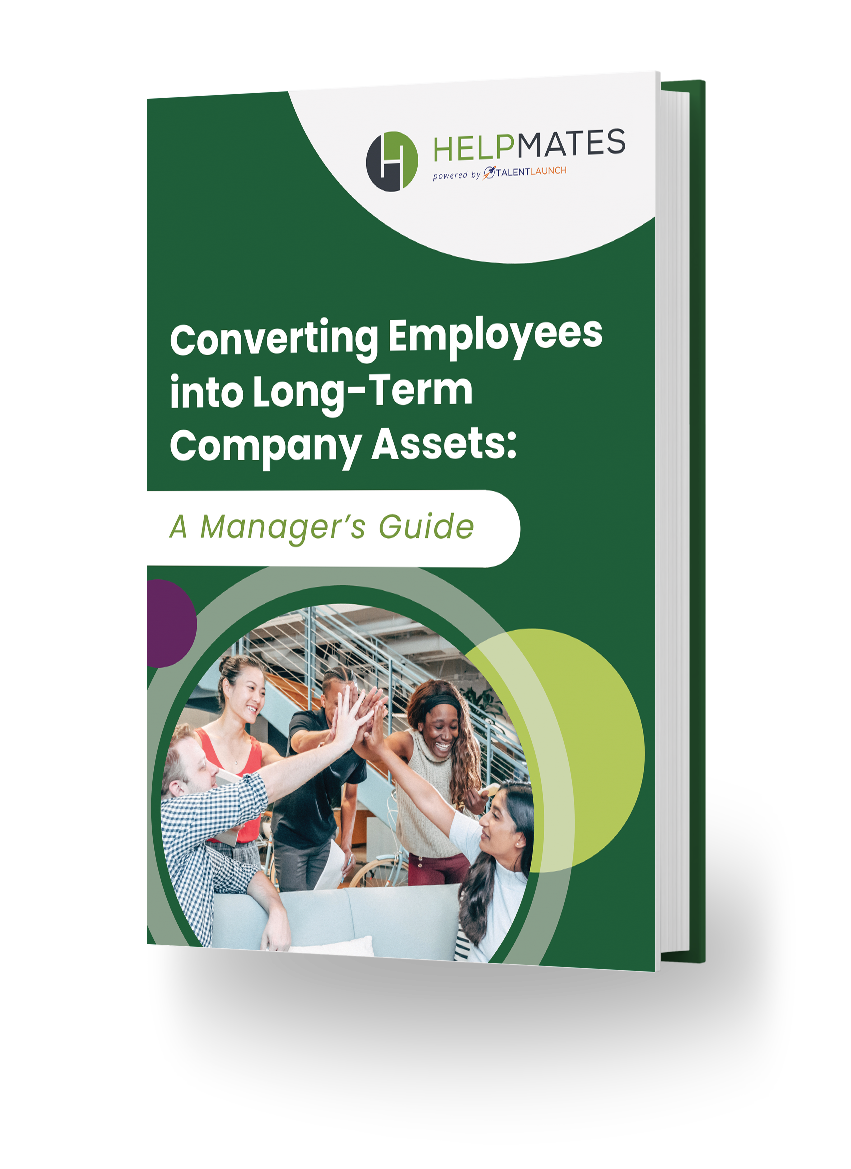As managers and leaders, employee turnover is one of the things that keeps us up at night. But is it really as black-and-white as we’ve been led to believe?
We’ve been conditioned to think that high turnover is B-A-D with a capital B and we should avoid it as much as possible.
After all, if you are hemorrhaging people, it’s usually an indication that something is wrong internally. Not to mention the time, money, and effort involved to hire new employees to replace those who have left. When it’s a never-ending cycle, it’s a never-ending hit to your bottom line.
Similarly, we believe that low turnover is the ultimate achievement. If no one voluntarily leaves your company, you must be doing something right…right?
While low turnover looks great on paper, it doesn’t necessarily mean your organization has nothing to worry about. And while high turnover isn’t something any company should strive for, there is an upside to it.
Yes, you read that right.
There is an upside to high turnover — especially when it’s constant — because it shines a lot on all of the dark nooks and crannies that reveal how things are really going at your company. Likewise, you could have low employee turnover for all the wrong reasons (we see you, Quiet Quitters).
The truth is that turnover, whether high or low, provides valuable insights into your organization’s culture and employee engagement. Let’s take a look.

Embracing High Turnover: Finding Clarity Amid the Chaos
If turnover has been going up, there are naturally two questions to ask: who is leaving, and why are they leaving?
If your top performers are jumping ship, it’s obviously a cause for concern. But if the ones leaving are poor or mediocre performers, that’s less of a problem.
Let’s look at a hypothetical situation. You may find that more people are leaving at about the same time that you are instituting changes at the company in its culture or operations. It could be that the people heading for the exits are unwilling or unable to adapt to the changes being made. In this case, their departure may not be that distressing.
This kind of turnover gives you the opportunity to bring on board people who are a better fit for the culture you are trying to create at the company.
On the other hand, if people are leaving because of outdated skill sets, it is often better to try and keep them and retrain rather than simply hire new people.
But here is where the “why” of leaving becomes important: employees could be leaving because they are uncomfortable with the changes being made or because they are not getting enough support during the transition.
In that case, you risk losing the good performers with those who are discontented.
It’s not always easy determining the reasons for turnover, but exit interviews and employee surveys can help get at the root cause.

Low Turnover: Beneath the Surface of Stability
At the opposite end of the spectrum is very low turnover. At first glance, this might be reason for celebration. But again, you need to go beyond the simple metric to look at what is going on behind the numbers.
For example, you may have people who have simply fallen victim to complacency. They show up each day and do just enough to get by and collect their paycheck.
They may have no intention of leaving because they are comfortable in their jobs — possibly too comfortable — with no desire for change or improvement. They’re called “Quiet Quitters” and Gallup defines them as unengaged, psychologically-detached workers who do the bare minimum.
To find out if this is the case at your company, survey employees anonymously to find out their level of engagement and their intent to stay.
If you find that levels of employee engagement are not all that high, but people have no plans to leave, you know that they are pretty much just biding their time and not doing your organization any favors.
Your next step is to drill a little deeper and find out which departments are affected the most. Then you can take steps to work with these employees and raise their performance levels.
Managers should meet with these employees to assess their interests, strengths and training, conducting performance reviews and looking at ways to improve.

Striking the Balance: The Ideal Turnover Sweet Spot
The goal isn’t to have zero turnover or rampant churn but rather to strike the right balance. A healthy level of turnover can invigorate your organization with fresh perspectives and drive continuous improvement.
To achieve this, it’s crucial to foster a culture of continuous learning and engagement, where employees feel valued and challenged, and managers have the tools to identify and address potential issues early on.
Harnessing Turnover to Your Advantage
Whether you’re facing high turnover or low turnover, the key lies in understanding the underlying causes and using that knowledge to refine your employee engagement and retention strategies. By recognizing turnover as an opportunity for growth and improvement, you can foster a healthier, more dynamic workplace.
If you’d like guidance on finding the right balance, reach out to us or subscribe to Helpmates’ Resource Hub for hiring tips and workforce solutions to help transform your business. We’re here to help you build a stronger, more resilient team.






